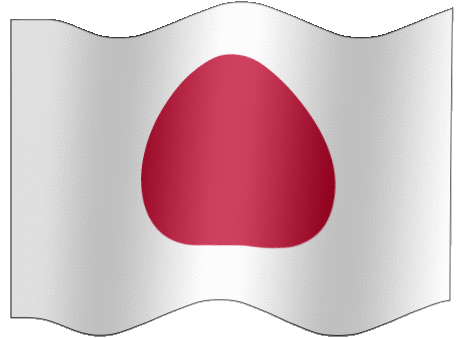 |
 |
 |
Let's be more moved - turn a trip of sights into a trip of feeling!

|
|
|
  |
YAMAGATA
|
| Free estimates Free travel consultation |
|
|
|
|
|
|
| #06G401 |
|
|
|
|
|
| IMONI Kai (parties) |
an autumn event |
|
|

IMONI Kai is an event held in autumn where a group gathers outdoors, such as on a riverbank, to cook and eat hotpot dishes using Taro. It is an autumn event held by families, friends, coworkers, and other groups to deepen friendships. The basic ingredients are Taro, Beef, Konnyaku, Green onions, etc., and in this region, soy sauce is used for seasoning. It gradually begins to take place in October during the Taro harvest season, and ends when the autumn leaves season ends or the first snow falls. The annual "Japan's No. 1 IMONIKAI Festival," which uses a huge pot of Imoni, has set a Guinness World Record for "Most soup served in 8 hours." |
|
|
|
|
|
|
|
|
| #06G201 |
|
|
|
|
|
| RISSHAKUJI Temple |
commonly referred to as "Yamadera" |
|
|
|

The Risshakuji Temple was founded in 860 and is commonly referred to as
"Yamadera (the meaning of mountain temple)." The temple is well
known by impressive Sutra Repository and Founder's Hall built on a steep
cliff. Blessed with abundant nature, you can enjoy the changing atmosphere
of each season. It takes about 1 hour and 30 minutes to go round trip from
the Risshakuji trailhead to the summit. From JR Yamadera Train Station,
it takes about 2 hours. As the path is steep, it is the best to consider
clothing, footwear, and belongings depending on the season. This temple
has long been worshipped as a temple for cutting off bad relationships
and creating good ones. It not only has the benefit of cutting off bad
relationships with people, but also ties with illness and disaster. |
 |
|
|
|
|
|
|
|
| #06G501 |
|
|
|
|
|
| YAMAGATA Casting |
Traditional Crafts of Japan |
|
|
|

The origin of Yamagata Casting is said to be about 1000 years ago, when a caster in the late Heian period discovered that the river sand and soil in Yamagata City were ideal for casting molds. Characterized by thin, delicate shapes and beautiful cast surfaces, the majority of tea kettles used in the tea ceremony are Yamagata casting.
Today, Yamagata Casting makes use of techniques cultivated over a long history and actively incorporates new designs, widely promoting the charm of casting, which combines tradition and modernity, functionality and artistry, and spirituality, both domestically and internationally, and is popular even overseas, including in France. |
 |
|
|
|
|
|
|
|
| #06G202 |
|
|
|
|
|
| KAJO Castle Park |
|
large urban park developed on the ruins of Kajo Castle |
|
|
|

Kajo Castle is another name for Yamagata Castle, from which the park name
originates. It is located almost in the center of the city, and is a large
urban park developed on the ruins of Yamagata Castle. Yamagata Castle is
said to have been built in 1356. The current castle is said to have been
built by the castle lord at the time between the late 16th century and
the early 17th century. It was later well-maintained in 1622. It is now
famous as cherry blossoms and tourist spot, and there are many cultural
facilities in and around this park, such as the Yamagata City Museum of
History, the Yamagata Prefectural Museum, and the Yamagata Museum of Art
and so on. |
 |
|
|
|
|
|
|
|
| |
|
|
|
|
|
| |
|
|
|
|
|
|
|
|
|
|
|
|
|
|
|
|
|
|